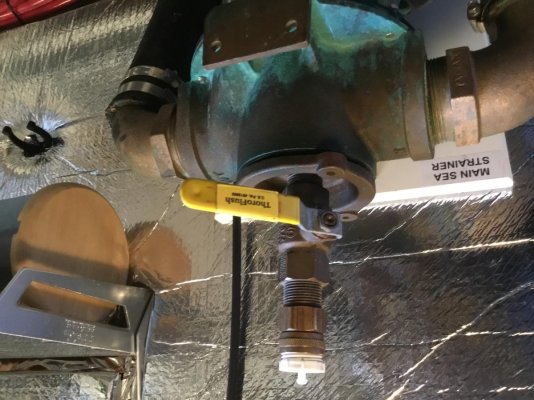BrianG
Senior Member
A dry exhaust is frequently just a truck muffler welded in place.
Folks preferring a quieter exhaust should look up "hospital critical" mufflers .
There not light , not cheap, but do a great job of quieting , especially since few cruisers are at full throttle for very long.
https://www.industrialexhaust.com/silencers.php is one of dozens of choices.
Mine must of been from a Henry Ford era truck. It was loud. Loved the look of a big exhaust pipe coming up out of the deck. Looked like...a man boat.



